Dreaming in Dolomiti
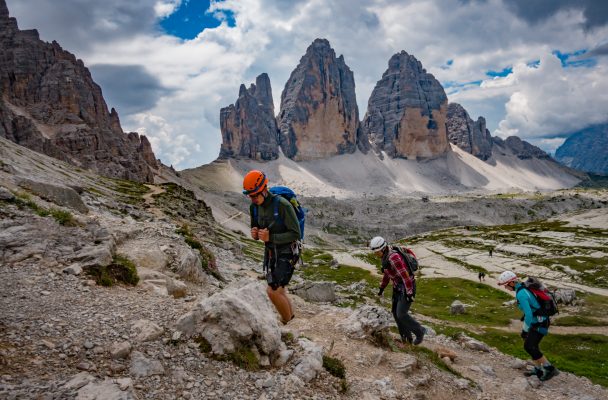
It has been a year and a half since I took the two-hour bus ride from the oppressive heat of the Venice airport up to cool mountain climes of Cortina d’Ampezzo in the Italian Dolomites. The Dolomiti, with their supernatural jutting rock faces and verdant green pastures below, still possesses me like no other mountain range I’ve experienced before.
I was fortunate enough to run these mountains for a week and write about it for Outpost Magazine (Issue 125, Spring 2019). Prior to my trip, I spent almost a year researching the region, particularly regarding the fierce battles that took place here during World War I (The White War by Mark Thompson and a Soldier on the Southern Front by Emilio Lussu are must reads).
Incredibly, many of the travel articles I read about the region focused almost exclusively on the “dolce vita” of Cortina d’Ampezzo — the spas, the high-end shopping, and fine dining — rarely mentioning that one of history’s most brutal wars was fought in the surrounding mountains.
The war began in 1915, when Italy attacked its neighbor, the Austro-Hungarian Empire (AHE), along its northern and eastern flanks. Cortina d’Ampezzo, which was part of the AHE at the time, was captured within a month of the start of hostilities – apparently without a shot being fired. For the Italians, that was the easy part. The Austro-Hungarians, knowing they were greatly outnumbered, with so many of their men fighting Russia in the east, took up defensive positions in some of the most difficult to reach spots in the Dolomiti and waged a war of attrition against the Italian troops for the next two years (read a more fulsome account in my Outpost feature).
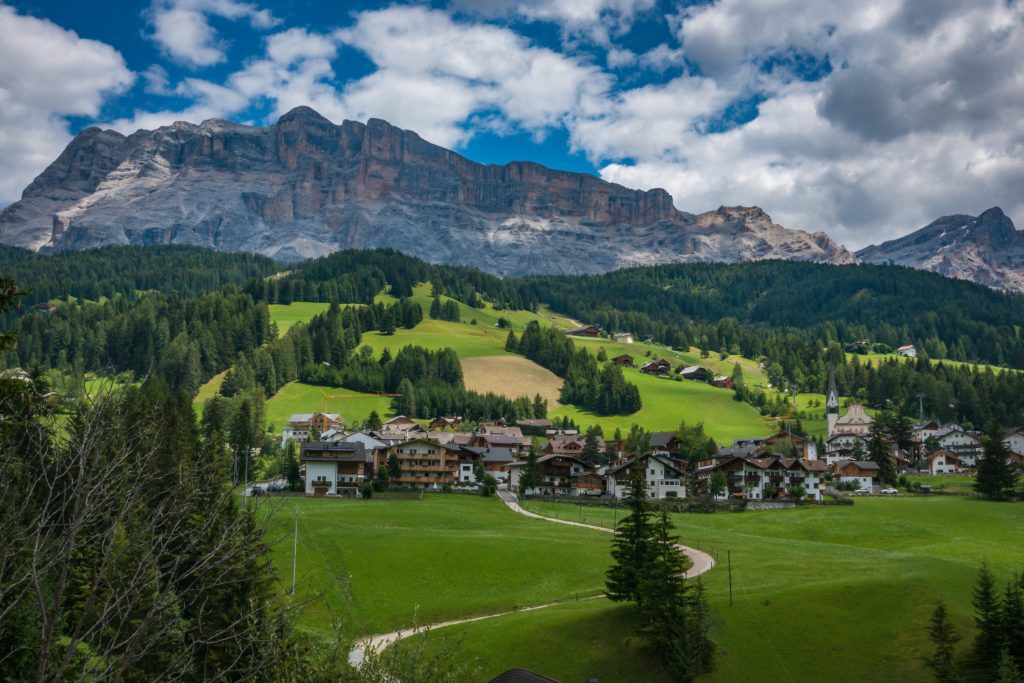
Present-day Cortina is a great jumping off point to do daily hikes, bike trips, and even via ferrata climbs (secured lines and ladders you clip in to to minimize the risk of falling). A short drive away is the Messner Mountain Museum located poetically on the summit of Monte Rite (the museum is dedicated to mountains and mountaineering).
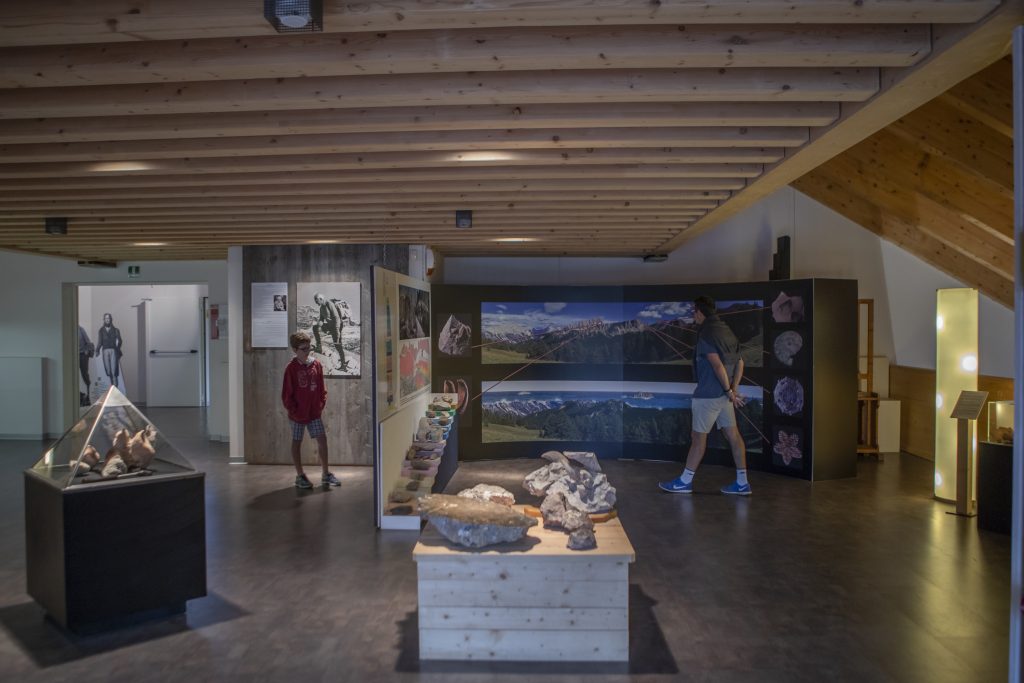
Rinaldo Zardini Paleontology Museum
Cortina also has several museums worth exploring, including the ethnographic museum, which delves into local culture through the ages, as well as violin-making using ancient fir trees from the nearby Val di Fiemme.
The other museum worth checking out is the Rinaldo Zardini Paleontology Museum, which exhibits fossils from the Dolomiti. It was mind-blowing to learn that millions and millions of years ago, this region was covered in oceans, volcanos, and tropical forests – and inhabited by sea creatures and dinosaurs.
To say history breathes in the Dolomiti is a grand understatement. The discovery of a primitive tomb at Mondeval de Sora south of Cortina proves that Mesolithic humans were roaming here as far back as seven and a half thousand years ago.
*
Every year for the last six years, I’ve embarked on at least one solo run or bike trip to a mountainous region somewhere in the world (Gran Canaria, Mont Blanc, Whistler, Slovenia, etc.). It has been my way to strip down the complexities of life and reconnect with myself – away from my day job and my responsibilities as a dad. For me, running also provides a tactile and physically engaging way to commune with the landscape and to experience how life changes from valley to valley.

Perhaps the only downside to walk-running through the mountains alone is that I don’t like stopping too often or for too long, even when I’m close to my destination — in case there’s a change in weather or I encounter navigational issues. That’s why it’s so important my daily destinations are downright awesome, so I have lots to see and do when I arrive. Toward the end of my 5-day 125 kilometre hut to hut run in the Dolomiti, for instance, I ended up at Refuge Locatelli in the early afternoon.
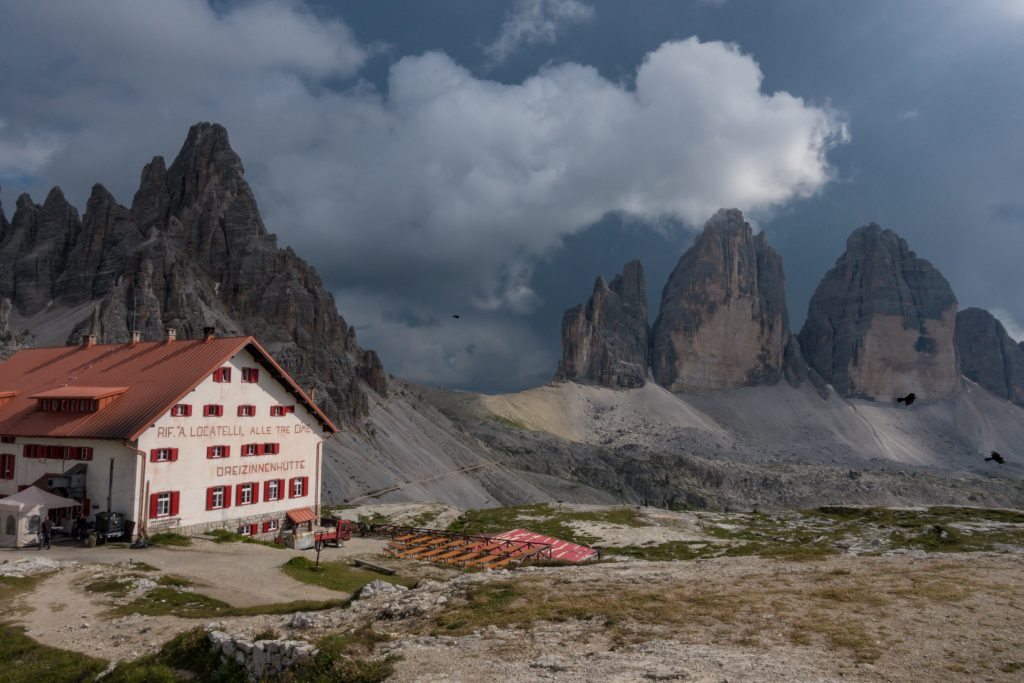
Located on a saddle with 360 degrees of spectacular views, I easily occupied myself for the 7 hours between my arrival and dinner time, exploring, snapping pictures, and taking a long wonderous nap in the grass. And knowing I had nowhere else to be, I could totally relax and soak up my surroundings – like a real vacation.
On a final historical note, the war in the Dolomites ground on until November 1917, when the Italian army hastily withdrew from the Dolomites after their defeat at Caporetto in what is now Slovenia. In the end, over a million soldiers died in the war, with another two million wounded. I’ll be writing about the tragic Battle of Caporetto in depth in an upcoming feature about running and biking through Slovenia’s Julian Alps.
In the not too distant future, I plan to return to these mountains with my wife and son, but until then, I will continue to dream in technicolour Dolomiti and revisit it through my photography and this video I shot of the journey: https://vimeo.com/288969386
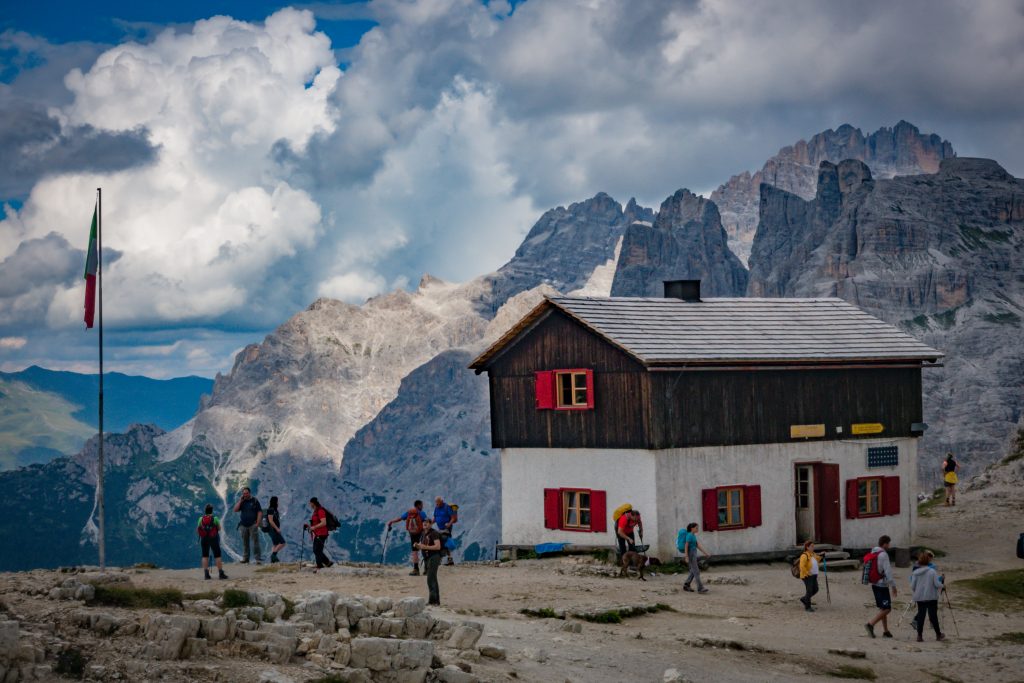
Leave a Reply
You must be logged in to post a comment.